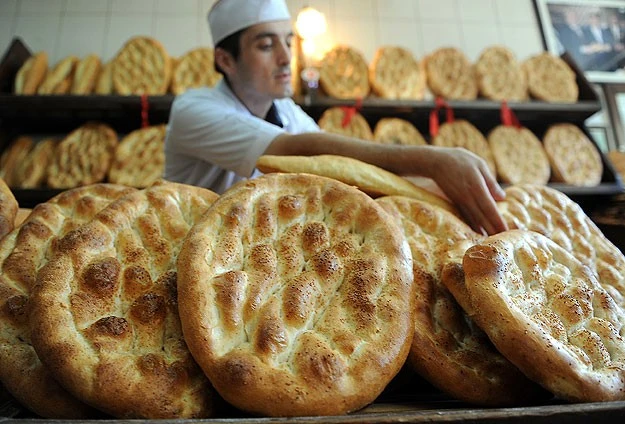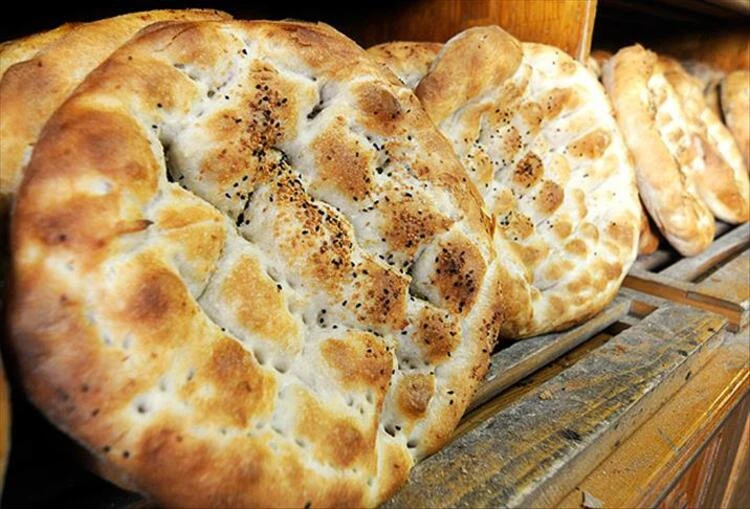Do not miss Ramadan Pide: 500-year-old culinary delight
 Photo of Ramadan Pide Turkish flatbread. (Photo Pakmaya Profesyoneller Dunyasi).
Photo of Ramadan Pide Turkish flatbread. (Photo Pakmaya Profesyoneller Dunyasi).
When Ramadan is mentioned the first food that undoubtedly comes to mind Ramadan Pide (Ramazan Pidesi) which bakeries only make during the month of Ramadan. This year Ramadan falls on March 1 to March 29, those in Türkiye should add this to their must try list if visiting.
As we witness the long lines in front of bakeries and inhale the delightful aroma of freshly baked pide filling the air, we know that Ramadan has arrived. This 500-year-old tradition, a staple of Turkish cuisine, is deeply ingrained in Ramadan’s culinary culture.
But how much do we truly know about the pide tradition, which has persisted from the Ottoman era to the present day? Here are essential facts you should know about this beloved Ramadan bread.

What is Ramadan Pide?
Ramadan pide is a special type of leavened, flatbread, unique to Turkish cuisine and especially associated with the month of Ramadan. Typically, it is a preferred bread for both iftar (the meal to break the fast) and sahur (pre-dawn meal) during Ramadan.
Its distinct characteristics make it an essential part of the festive tables during the holy month.
How is Ramadan Pide different?
Ramadan Pide stands out for several reasons. It is typically round in shape, and its dough is softer and stickier compared to regular bread. The bread is made using high-quality flour and is kneaded by hand rather than produced by machines, which helps maintain its traditional texture and taste.
The baking temperature is higher than that of regular bread, and pide is traditionally baked in wood-fired ovens, which contributes to its unique flavor and texture. The use of bran underneath the bread also aids in making it easier to digest.

History of Ramadan Pide
The history of Ramadan Pide dates back to the Ottoman period. By the 15th century, it began to take the shape we recognize today. During the Ottoman era, pide became a symbol of Ramadan.
Bakers would start preparing for Ramadan well in advance—cleaning their ovens and bringing in special types of flour. The difficulty in its preparation and the use of traditional methods are among the reasons why pide has a special place in Ramadan.
Ramadan Pide is not just a bread that’s baked for the month of Ramadan; it is a highly anticipated food that is eagerly awaited throughout the year. This is due to the challenging nature of its production and the fact that each pide is handmade in limited quantities.
Ramadan Pide is more than just a bread—it is a culinary symbol that has been passed down through generations. With its rich history, unique preparation, and essential role in Turkish Ramadan feasts, it remains a cherished tradition that continues to bring communities together during the holy month of Ramadan.



